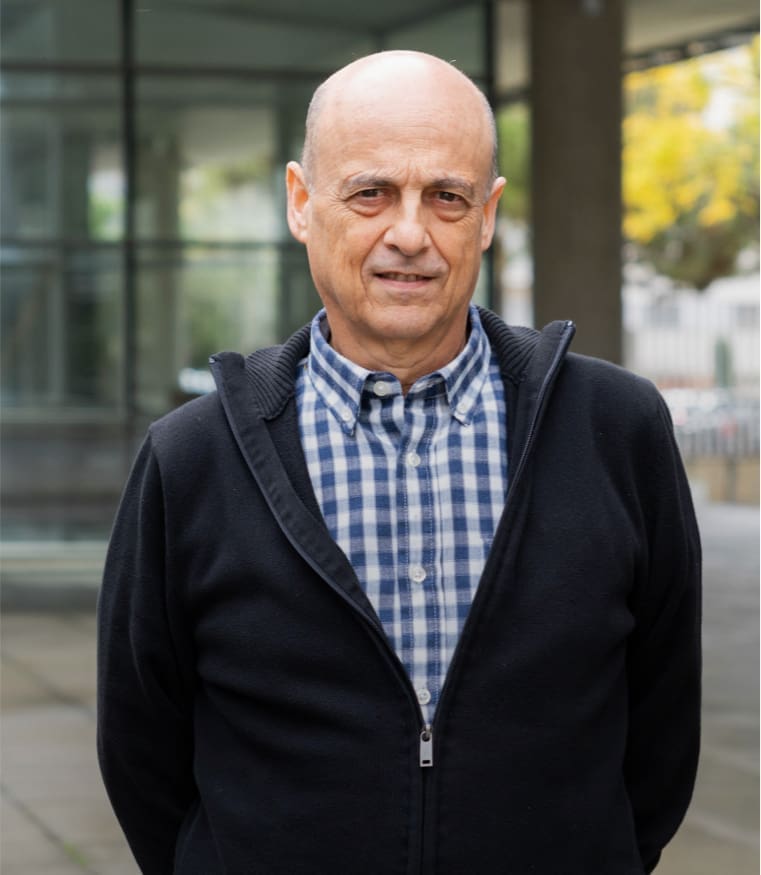Structural and Kinetic Study of Reversible CO2 Fixation by Dicopper Macrocyclic Complexes. From Intramolecular Binding to Self-Assembly of Molecular Boxes
A study of the reversible CO2 fixation by a series of macrocyclic dicopper complexes is described. The dicopper macrocyclic complexes [Cu2(OH)2(Me2p)](CF3SO3)2, 1(CF3SO3)2, and [Cu2(nu-OH)2(Me2m)](CF3SO3)2, 2(CF3SO3)2, (Scheme 1) containing terminally bound and bridging hydroxide ligands, respectively, promote reversible inter- and intramolecular CO2 fixation that results in the formation of the carbonate complexes [{Cu2(Me2p)}2(nu-CO3)2](CF3SO3)4, 4(CF3SO3)4, and [Cu2(nu-CO3)(Me2m)](CF3SO3)2, 5(CF3SO3)2. Under a N2 atmosphere the complexes evolve CO2 and revert to the starting hydroxo complexes 1(CF3SO3)2 and 2(CF3SO3)2, a reaction the rate of which linearly depends on [H2O]. In the presence of water, attempts to crystallize 5(CF3SO3)2 afford [{Cu2(Me2m)(H2O)}2(nu-CO3)2](CF3SO3)4, 6(CF3SO3)4, which appears to rapidly convert to 5(CF3SO3)2 in acetonitrile solution. [Cu2(OH)2(H3m)]2+, 7, which contains a larger macrocyclic ligand, irreversibly reacts with atmospheric CO2 to generate cagelike [{Cu2(H3m)}2(nu-CO3)2](ClO4)4, 8(ClO4)4. However, addition of 1 equiv of HClO4 per Cu generates [Cu2(H3m)(CH3CN)4]4+ (3), and subsequent addition of Et3N under air reassembles 8. The carbonate complexes 4(CF3SO3)4, 5(CF3SO3)2, 6(CF3SO3)4, and 8(ClO4)4 have been characterized in the solid state by X-ray crystallography. This analysis reveals that 4(CF3SO3)4, 6(CF3SO3)4, and 8(ClO4)4 consist of self-assembled molecular boxes containing two macrocyclic dicopper complexes, bridged by CO32- ligands. The bridging mode of the carbonate ligand is anti-anti–1:1 in 4(CF3SO3)4, anti-anti–2:1 in 6(CF3SO3)4 and anti-anti–2:2 in 5(CF3SO3)2 and 8(ClO4)4. Magnetic susceptibility measurements on 4(CF3SO3)4, 6(CF3SO3)4, and 8(ClO4)4 indicate that the carbonate ligands mediate antiferromagnetic coupling between each pair of bridged CuII ions (J = -23.1, -108.3, and -163.4 cm-1, respectively, H = –JS1S2). Detailed kinetic analyses of the reaction between carbon dioxide and the macrocyclic complexes 1(CF3SO3)2 and 2(CF3SO3)2 suggest that it is actually hydrogen carbonate formed in aqueous solution on dissolving CO2 that is responsible for the observed formation of the different carbonate complexes controlled by the binding mode of the hydroxy ligands. This study shows that CO2 fixation can be used as an on/off switch for the reversible self-assembly of supramolecular structures based on macrocyclic dicopper complexes.

A. Company, J.-E. Jee, X. Ribas, J. M. Lopez-Valbuena, L. Gómez, M. Corbella, A. Llobet, J. Mahía, J. Benet-Buchholz, M. Costas, R. van Eldik
Inorg. Chem. 2007, 46, 9098-9110
DOI:
Go to the journal

Let's create a brighter future
Join our team to work with renowned researchers, tackle groundbreaking
projects and contribute to meaningful scientific advancements



















